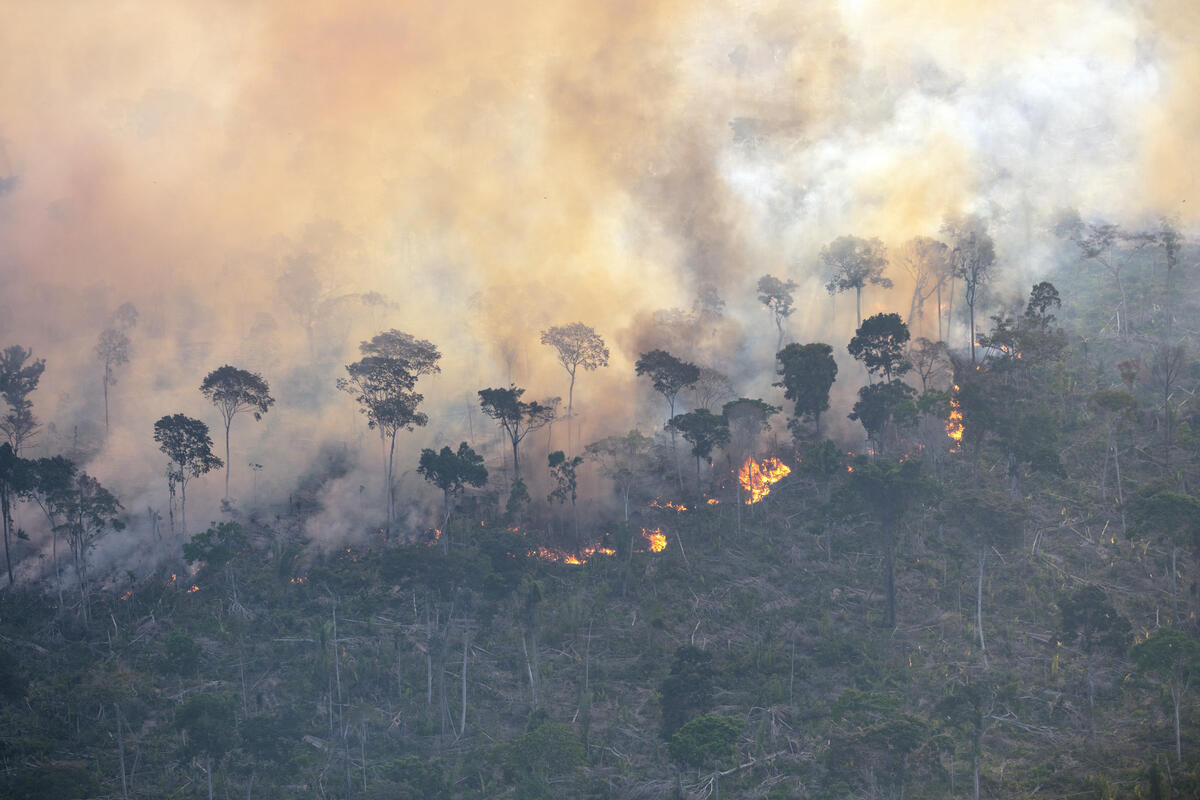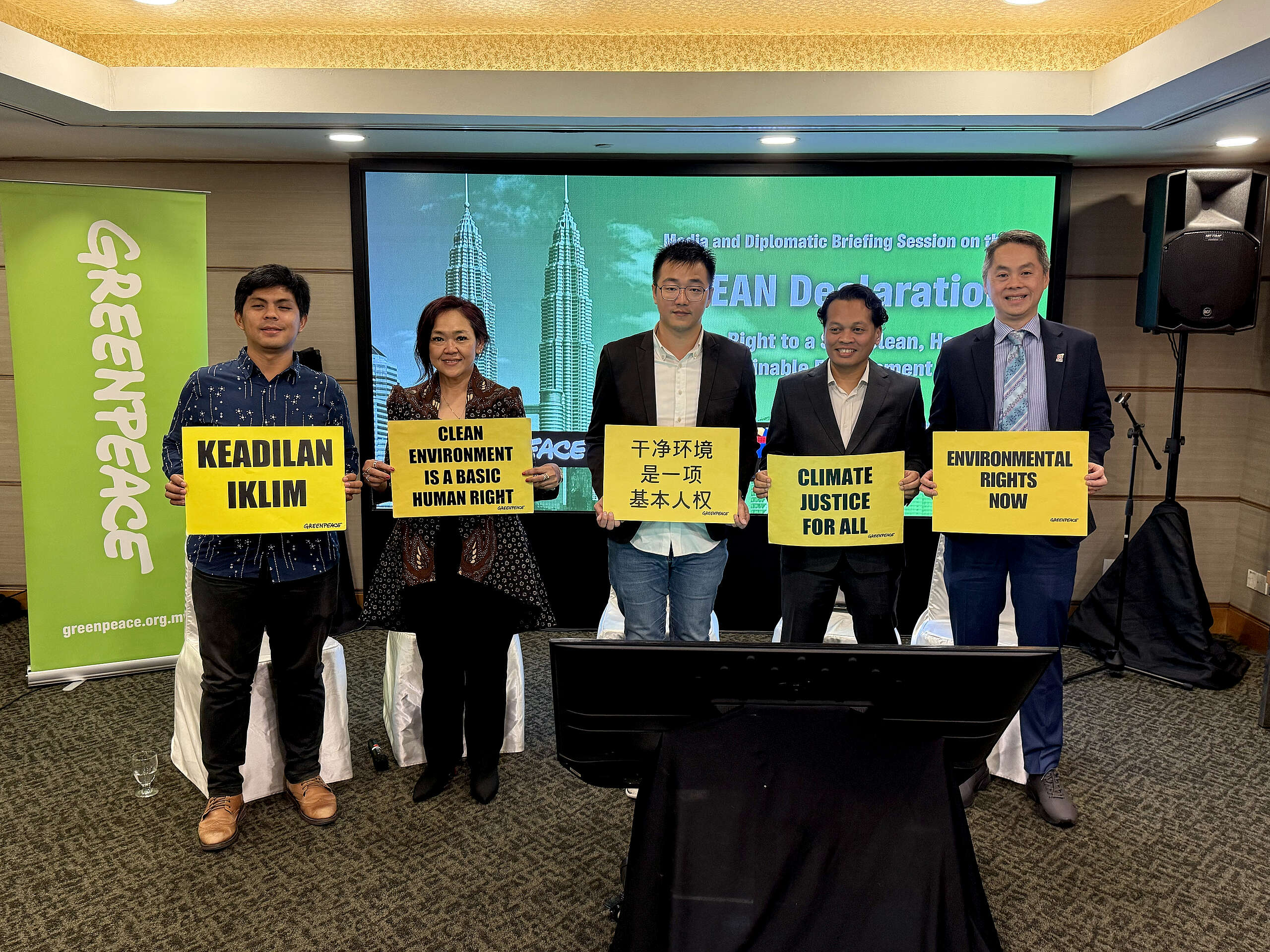As floods creep higher, haze thickens, and record heat drains cities across Asia, one question keeps resurfacing: who pays to keep the planet alive? Last week, at the COP30 Leaders’ Summit in Belém, Brazil, a new answer was launched: the Tropical Forest Forever Facility (TFFF). It’s a bold global fund that could finally make standing forests worth more than destroyed ones.
The TFFF, first proposed by Brazil and formally launched at the COP30 Leaders’ Summit in Belém last week, is designed to close a long-standing gap in climate finance. For decades, countries like Malaysia, Indonesia, and the Philippines have been asked to conserve their forests for the planet’s sake, yet have received only a fraction of the financial support that such commitments require. The TFFF aims to correct that imbalance by directing substantial, long-term funding toward verified forest protection in the Global South.
A new model for global forest finance
At its core, the TFFF is designed as a global blended-finance facility. Wealthier countries would provide about US$25 billion in public seed capital, which would then attract another US$100 billion from private investors such as pension funds and sovereign wealth funds. This creates a long-term, endowment-style fund worth roughly US$125 billion; a financial instrument focused entirely on keeping forests standing.
Instead of trading carbon credits or offsets, the TFFF would invest this capital globally and use the annual returns to pay tropical forest countries that successfully protect their forests. These payments, estimated to reach around US$4 billion per year, would be tied to verified conservation results and open data monitoring. In other words, countries are rewarded not for promises, but for proof.
Crucially, the TFFF also envisions direct access mechanisms for Indigenous Peoples and local communities, whose knowledge and governance have safeguarded forests for centuries but have rarely received fair compensation or decision-making power. If implemented with integrity, this could make TFFF the world’s first financial model that truly links economic return with ecological justice.
The TFFF also represents a long-overdue correction to global climate finance, where tropical forest nations have long struggled to make their standing forests worth more than destroyed ones. Its inclusion of direct access funding for Indigenous Peoples and local communities is a welcome precedent, but only if such commitments are implemented transparently and equitably.
The challenges that remain
However, the TFFF still faces major design gaps. Current proposals risk prioritising investor payments before frontline conservation results, and allow limited safeguards against harmful activities such as industrial logging or agribusiness expansion. For the facility to become a credible tool for climate and biodiversity protection, these weaknesses must be addressed before it is fully operationalised.
The latest design update includes progress on transparency and Indigenous participation, but stronger environmental and financial standards are still needed. The facility should ensure that all funds are additional to existing climate and biodiversity commitments, that eligibility criteria exclude forest degradation, and that finance flows directly to those who protect forests daily.
While Prime Minister Anwar Ibrahim has officially stated Malaysia’s support for the launch of the TFFF, key questions remain unanswered and Malaysians should play a part in shaping how this global fund will affect their forests, communities, and future.
Why Malaysia’s role matters
For Malaysia, the Tropical Forest Forever Facility (TFFF) represents more than another global climate initiative. It is a chance to link national forest protection with long-term international financing, and to show that conservation can be both just and economically sound. Our rainforests are among the world’s most biodiverse, yet they continue to face encroachment, logging, and fragmented governance between federal and state authorities.
Malaysia is already part of the technical discussions shaping the TFFF’s next phase. With the fund now launched, our role should shift from support to leadership—ensuring that its design upholds transparency, fairness, and Indigenous rights from the start. The government can help set a regional example by committing to clear eligibility standards, public reporting, and community participation in forest monitoring.
This is also the moment to move beyond broad endorsement toward concrete action. Malaysia should publish a roadmap for how it will engage with the TFFF, outline how funds will reach Indigenous and local communities, and open consultations with civil society. If done right, Malaysia can turn this global mechanism into a national opportunity: one that rewards protection instead of extraction and builds lasting credibility for the country’s environmental leadership.
The road ahead
The TFFF’s launch is a rare moment of optimism in global climate politics: proof that cooperation is still possible when the planet’s lungs are at stake. But the real work begins now. What matters is not how loudly countries celebrate, but how committed they act.
Malaysia has already taken the first step by backing the facility. The next step must be ensuring that this fund delivers for people and forests alike. Because if the TFFF succeeds, it won’t just pay for protection; it could rewrite the economics of survival itself.



